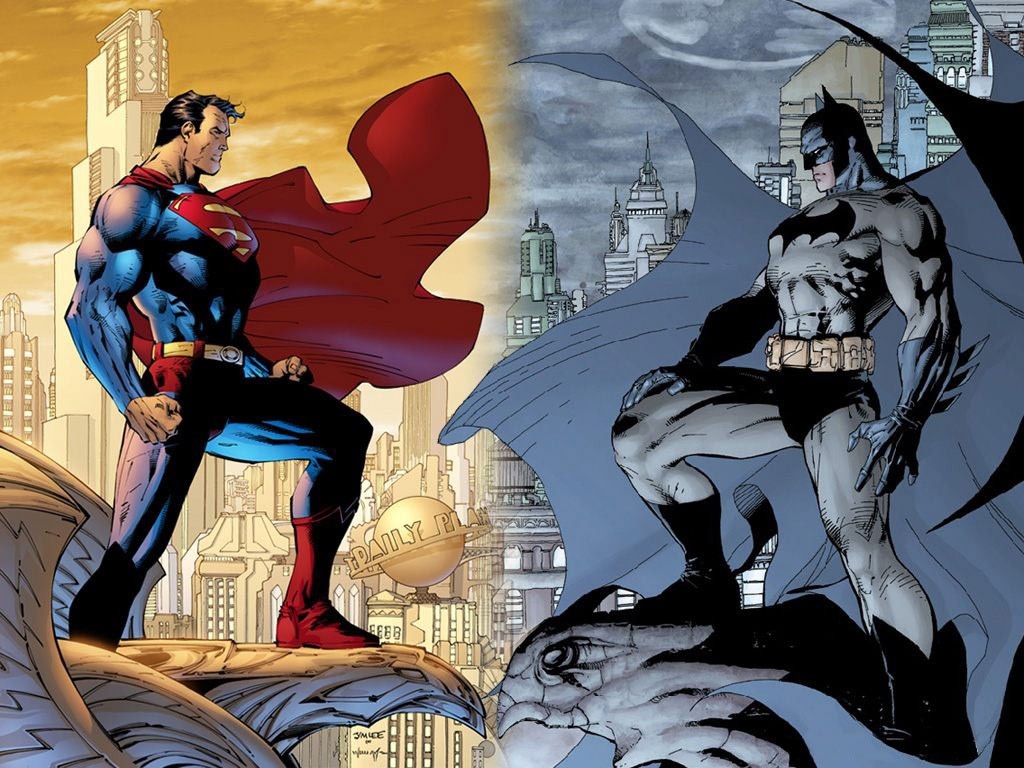It was the opening day of my show when I found out about Leonard Nimoy’s passing. I shared some brief words on social media, that day, then expounded on them on my radio show, SpaceTime, that Tuesday. This post is going to be very similar to what I said on SpaceTime. However, it is my first time organizing my thoughts on paper. So, I hope you enjoy this exploration of the character arc of Spock.
How does a character created for a rejected 1960s television pilot become a respected figure in a 2013 blockbuster? How does a an alien from an early sci-fi show that got cancelled after three seasons become a household name- a part of our modern mythology? I’m sure every creative wants to know.
As impossible as it may seem, we find this transformation in the character of Spock. I’m going to briefly explore Spock’s character arc from “The Cage” to Star Trek Into Darkness, and see what has made Leonard Nimoy’s Spock one of the most loved sci-fi characters of the past fifty years.
When we first meet Spock in the unaired Star Trek pilot “The Cage”, he hasn’t quite grown into the stoic-yet-conflicted, logical first officer we know and love. Beginning in 1966, when he is brought back onto the show with Captain Kirk and Doctor McCoy , he represents the intellectual side of the holistic human portrayed by these three men. I discussed the relationship and conflict between them in this past post.
Though Spock represents one aspect of a complete human, as part of the main trio, he also represents a complete human in and of himself. Though Spock is only half-human, he shows the very human struggle between logic and emotion very clearly. Do I listen to my heart or my mind?
While Captain Kirk has to struggle over who on the outside to listen to- Spock (logic), or McCoy (emotion)- Spock has to choose who on the inside to listen to- his human (emotional) half, or his vulcan (logical) half.
This is a struggle that we as humans can all relate to, and it is the struggle we see all throughout The Original Series.
The Animated Series, as goofy as it is, sees the same basic relationship between the three main characters, and the same internal struggle in Spock. However, we also get a peek into Spock’s early experiences that let to his development in TOS in the episode, “Yesteryear”. (Also, there is a seventy-foot Spock clone out there somewhere, that the reboot series should totally revisit. Just saying).
In The Motion Picture, Spock has made his decision. He is going to purge himself of all emotion through the kolinahr ritual. But he fails. This failure plunges him back into the turmoil he experienced in the original series, and he casts his lot with the crew of the U.S.S. Enterprise crew once again. It really seems like he’s happier that way, though.
By The Wrath of Khan, Spock has learned to accept the dichotomy of his existence. He is logical and emotional- Vulcan and Human. He can not dismiss or repress either side of himself. Then, of course, he dies. When his soul is reunited with his body in The Search for Spock, he has to start from scratch.
In the beginning of The Voyage Home, we see a Spock who does not find any relevance in retraining the human part of himself. However, by the end of the movie, he sees the importance of rescuing Chekov from the hospital, even if it is not the most logical move.
The Final Frontier...happened. Alright, ok. Bear with me. Even though Star Trek V isn’t very good, there is an important character moment for Spock- it doesn't even involve gravity boots. His weird half-brother Sybok shows him his greatest pain, a scene which demonstrates the dichotomy between his humanity and his vulcanness. Spock, however, has already come to terms with his deepest pain. He was able to once again reconcile the logic and emotion deep down inside of him.

In Star Trek VI, Spock faces the consequences of his own failure. The young Vulcan officer Valeris, whom he trained to be his successor, turns out to be a warmonger and a spy. Despite this mistake, is Spock still relevant and useful?

It would appear so. In the 2009 Star Trek reboot, Leonard Nimoy’s Spock serves as a mentor and and a counselor to the alternate versions of both Kirk and Spock. His advice to new Spock- to follow his heart and not just his head, not just his head- mirrors the journey Prime Spock took throughout his life.

In Star Trek Into Darkness, Nimoy’s Spock goes against reason, and better judgement, and tells the new Spock how to avoid some of the Khan-related mistakes of his past. The punching and yelling that ensued cannot be blamed on Prime Spock at all.

Logic, emotions, uncertainty, mistakes- these are all things everyone has to sift through and deal with. The thoughtful and nuanced way that Leonard Nimoy portrayed these conflicts in Spock ensure that his character will continue to live long and prosper even after the beloved actor’s death.
Keep on glowing in the dark ,
Elora
kolinahr
























